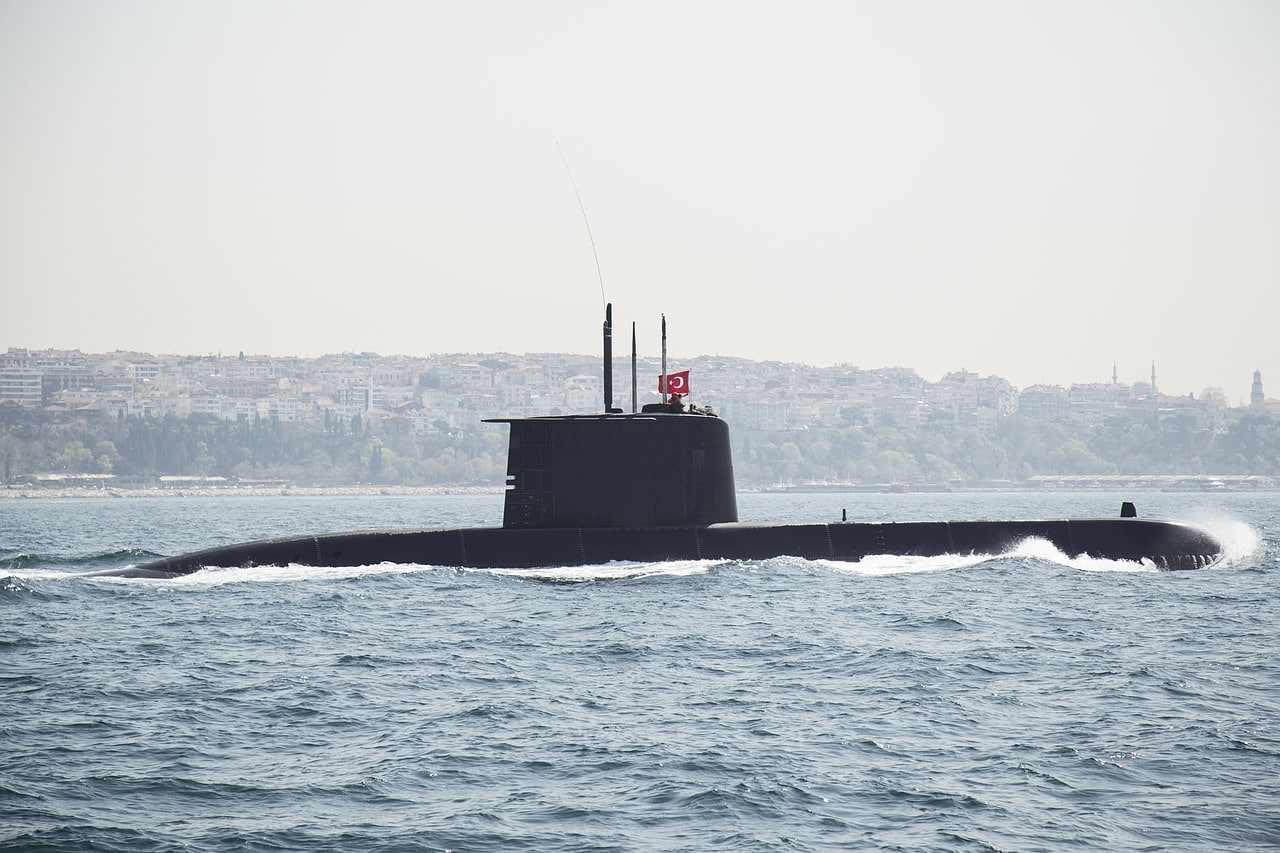
A nuclear reactor allows you to start, maintain and control a nuclear reaction.
A reactor is a type of engine known as a reaction engine . These engines discharge fluids at high speed to produce thrust according to Newton's third law , which states that, with every action, an equal and opposite reaction always occurs.
A nuclear reactor , on the other hand, is a device in which a nuclear fusion or fission reaction can be initiated, maintained and controlled. It is built with the aim of obtaining energy , propelling ships or satellites, producing fissile materials (such as plutonium) or creating nuclear bombs .
Nuclear power plants are spaces with several reactors. They are generally installed in areas that do not register seismic activity (to avoid accidents) and near water (to facilitate the cooling of the circuits).
Use of a nuclear reactor
Nuclear reactors do not emit gases into the atmosphere, although they produce radioactive waste that cannot be eliminated for thousands of years. This, added to the eventual risk of accidents, causes the reactors to be criticized by ecology advocates.
Among the various applications of a nuclear reactor are the following:
- Nuclear generation : produces heat (to generate, in turn, electrical energy and for use in heating homes and in industry) and hydrogen (through electrolysis, separation of elements from a compound using electricity, at high temperature). In addition, it is used to carry out desalination, a process that serves to eliminate salt from sea or brackish water, water with more dissolved salts than fresh water but less than sea water;
- Nuclear propulsion : one of the two methods to give autonomy to certain vehicles, such as submarines (a medium that benefits the most from this propulsion system), cruisers, aircraft carriers and icebreakers. But apart from the field of maritime transport, thermal and pulsed nuclear propulsion have also been proposed for rockets;
- Transmutation of elements : this is a process that allows one chemical element to be converted into another, and has its origins in the first quarter of the 20th century, by the New Zealand physicist and chemist Ernest Rutherford . On the one hand, it is used to produce plutonium, which in turn is used to generate the fuel that other reactors will use, or to make nuclear weapons. In addition, it allows the creation of several types of radioactive isotopes (atoms that belong to the same element but have different amounts of neutrons in their nuclei, which affects their atomic mass), such as cobalt-60 (used in the field of medicine ) and americium (used for smoke detection devices);
- Research : the nuclear reactor can be used as a source of positrons (also called antielectrons , they are elementary particles produced in various processes through nuclear transformations, which have the same amount of mass and electric charge, always positive) and neutrons (subatomic particles that They have no net charge and are found in the atomic nucleus of almost any atom, with the exception of protium). Nuclear technology also bases its development on these devices.

A reactor can provide propulsion for a submarine.
Other devices
The chemical reactor , for its part, is a device within which a chemical reaction is carried out, which is capable of converting and selecting, producing the lowest possible consumption. Among its possible versions are continuous or discontinuous reactors (according to the way they work) and homogeneous or heterogeneous reactors (according to the phases they contain).
A bioreactor , finally, is the system that manages to maintain a biologically active environment. Typically, the bioreactor houses chemical processes involving organisms. Its main function is to maintain the appropriate environmental conditions for the organism being grown, controlling temperature , humidity, and other factors.
